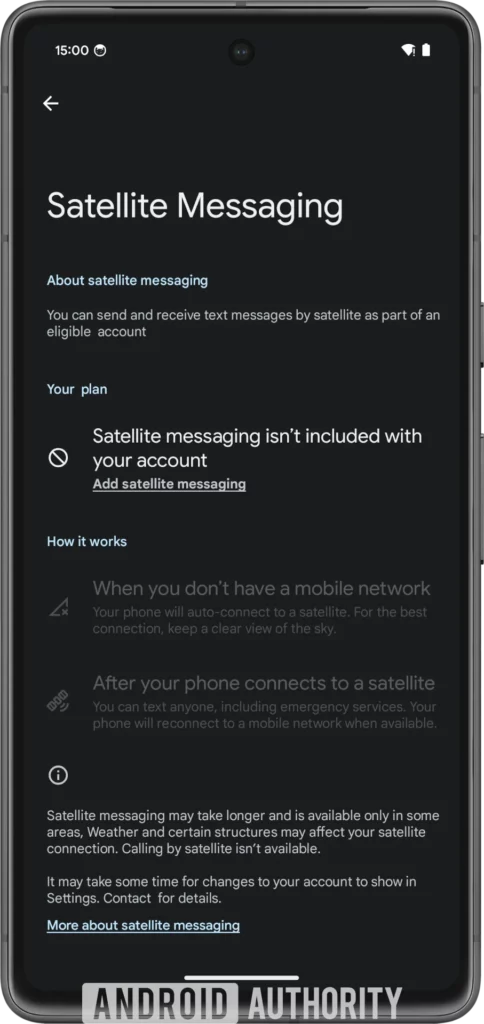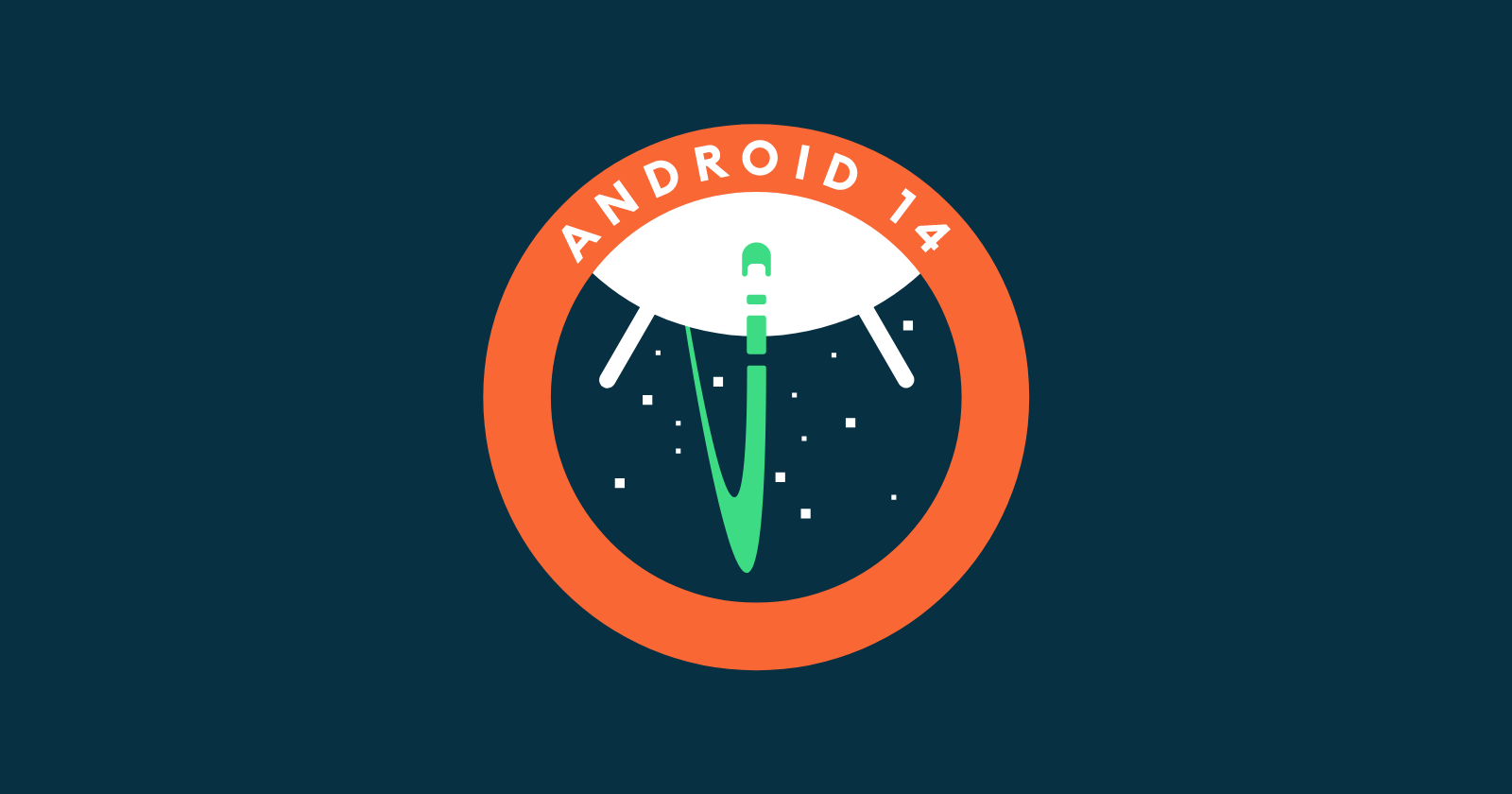Update 1 (April 3, 2024)
06:23 pm (IST): Digging into the code of the latest Google Messages beta (version 20240329_01_RC00), 9to5Google found some clues about how satellite messaging might work. Three strings hidden within the app reveal some key details:
- Clear view required: You’ll need a clear shot of the sky to send and receive messages.
- Text only: Satellite messages will likely take longer to send and won’t support photos or videos.
- Messaging anyone: Unlike some other services, Google’s system might allow you to message anyone in your contacts, not just emergency services. This aligns with the two-way messaging features offered by Garmin, a possible partner in this project.
Original article (from March 8, 2024) follows:
In a world where cellular connectivity can be unreliable, the prospect of sending text messages via satellite directly from your Android smartphone is becoming a reality. Android 15 is poised to introduce satellite messaging support, potentially revolutionizing how we communicate in emergencies and remote areas. While most Android smartphones currently lack this capability, Google’s upcoming Android 15 update could change that landscape.
The evolution of satellite messaging has been marked by Apple’s Emergency SOS feature, utilizing low Earth orbit (LEO) satellites to set a precedent for emergency communication without cellular connectivity. This feature allows iPhone users to send text messages to emergency services even in areas where traditional cellular networks are unavailable.
Android smartphone makers have been eager to implement their own version of satellite connectivity, with limited success until now. The partnership between T-Mobile and SpaceX promises to bring satellite connectivity to Android devices through Starlink satellites, enabling text messaging even in areas with limited cellular coverage.
According to a recent report by Android Authority, buried within the Android 14 QPR3 Beta 2 release lies a hidden “Satellite Messaging” page accessible within Android settings. This page outlines how satellite connectivity could work, allowing your Pixel to send texts if there’s no cellular signal, as long as you have a clear view of the sky.

While details about the satellite messaging provider are not explicitly mentioned, indications point towards T-Mobile being a key player in providing this service, potentially leveraging SpaceX’s Starlink network.
While Google hasn’t made any official announcements, these discoveries strongly suggest that native satellite connectivity could become a standard feature on Android 15 devices, starting with Google’s own Pixel phones. This would be a game-changer, not just for emergencies but also for anyone venturing into areas with limited or no cell service.


